Pomeranians, with their fluffy coats and fox-like faces, are a breed adored by many. However, these small dogs have specific nutritional needs that can differ from larger breeds. Due to their fast metabolism and small size, ensuring that they receive the right amount of food is essential for their overall health and well-being.
1. Understanding the Basics of Pomeranian Nutrition
Pomeranians weigh between 3 to 7 pounds on average, but despite their small stature, they are active and energetic. This means they require a balanced diet packed with essential nutrients. The primary source of their food should be high-quality protein, followed by healthy fats, and an appropriate mix of vitamins and minerals.
2. Daily Caloric Intake
On average, Pomeranians require about 40 calories per pound of body weight. This means a 5-pound Pom might need about 200 calories per day. However, this can vary based on their activity level, age, and overall health.
3. Feeding Puppies vs. Adults
- Puppies: Pomeranian puppies are incredibly active and need more calories per pound compared to adults. They might require up to 50 calories per pound. Given their small stomach size, it’s advised to feed them 3-4 times a day.
- Adults: An adult Pomeranian usually thrives on two meals a day. Spreading out their food intake helps prevent blood sugar drops, which small breeds can be prone to.
4. Choosing the Right Food
When picking dog food, ensure the first ingredient listed is a high-quality source of protein like chicken, beef, or fish. Avoid foods filled with fillers, artificial colors, or by-products. While many brands offer small breed formulas, ensure the kibble size is appropriate for Pomeranians.
5. Wet Food vs. Dry Food
Both wet and dry foods have advantages:
- Wet food: More hydrating and can be more palatable to picky eaters.
- Dry food: Often more economical, can help with dental health and has a longer shelf life.
Some owners opt to mix both types of food for variety and to give their Poms the best of both worlds.
6. Feeding Based on Activity Level
Pomeranians that are more active will naturally require more calories. If your Pom enjoys long play sessions or goes on frequent walks, you might need to increase their food slightly. On the other hand, less active or older Pomeranians might need fewer calories.
7. Monitoring Weight
Keeping your Pomeranian at an ideal weight is crucial. Overweight Pomeranians can suffer from joint issues, diabetes, and other health problems. Regularly weigh your dog and adjust feeding amounts accordingly.
8. Treats and Snacks
Treats are fine in moderation but remember to account for these extra calories. Opt for healthy treats and consider using pieces of their regular kibble for training purposes.
9. Monthly Food Costs
The cost of feeding a Pomeranian can vary widely based on the quality of food you purchase and where you live. On average, for a high-quality brand, you might spend $30-$50 per month. This doesn’t account for treats, supplements, or special diets.
10. Common Feeding Mistakes
Overfeeding and underfeeding are common issues. It’s crucial to measure food accurately and monitor your Pom’s weight. Also, while Pomeranians can be picky eaters, avoid the temptation to feed them table scraps, as some human foods can be harmful to dogs.
Our 5 Top Foods for Pomeranians
The diets were selected by our founder Justin Palmer, a certified canine nutrition expert, specifically with Pomeranians in mind:
| Food | Pros | Cons |
|---|---|---|
|
|
|
|
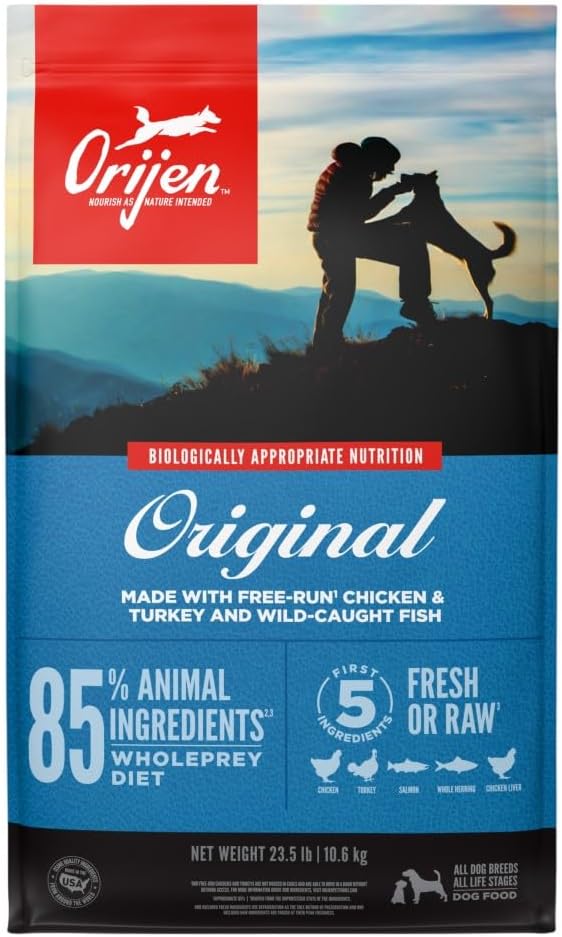
Check Today's Price on: |
|
|
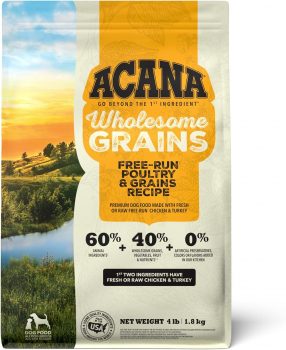
Check Today's Price on: |
|
|
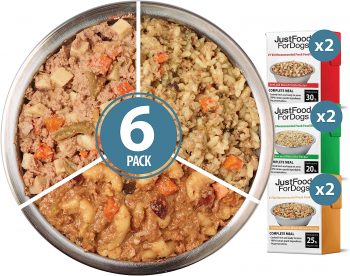
Check Today's Price on: |
|
|
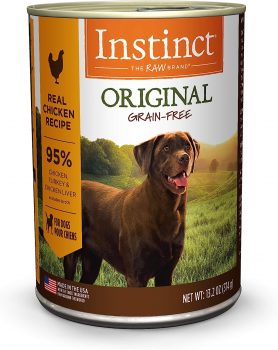
Check Today's Price on: |
|
|
Conclusion
Feeding your Pomeranian the right amount of nutritious food is crucial for their health and longevity. Regular vet check-ups, weight monitoring, and adjusting their diet based on activity levels can help ensure your fluffy companion stays healthy and vibrant throughout their life.
Frequently Asked Questions About Feeding a Pomeranian
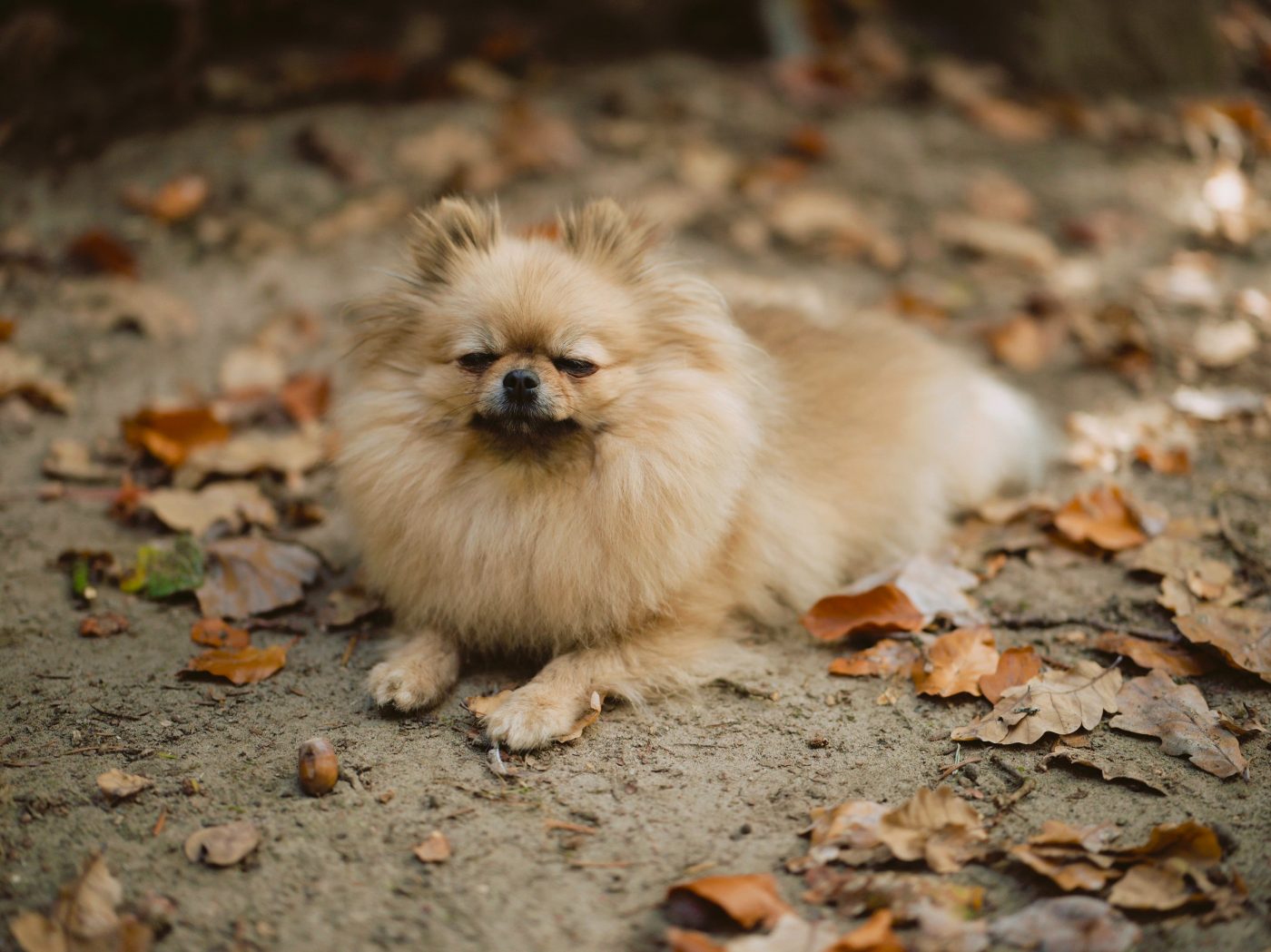
1. How many times a day should I feed my Pomeranian?
Adult Pomeranians typically thrive on two meals a day to maintain stable blood sugar levels. For Pomeranian puppies, due to their rapid metabolism and smaller stomach size, it’s advised to feed them 3-4 times a day to support their growth and energy needs.
2. How much food should my Pomeranian puppy eat?
Pomeranian puppies are very active and require more calories relative to their weight. They might need up to 50 calories per pound. Given their small stomachs, divide the daily amount into 3-4 smaller meals to ensure they’re getting the nutrients they need without overeating in one sitting.
3. Are there specific dog food brands recommended for Pomeranians?
While there isn’t a one-size-fits-all answer, it’s best to choose a high-quality dog food where the primary ingredient is a protein source, such as chicken, beef, or fish. Many brands offer small breed formulas that are tailored to the nutritional needs of smaller dogs like Pomeranians.
4. Can I feed my Pomeranian human food?
While some human foods are safe for dogs in moderation, many can be harmful or toxic. Always avoid feeding your Pomeranian chocolate, grapes, onions, garlic, caffeine, and alcohol. If you wish to give human food, stick to plain, lean meats, and certain vegetables and fruits, but always do research or consult with your vet first.
5. How do I handle a picky-eating Pomeranian?
Pomeranians can sometimes be finicky eaters. If your Pom is being picky, consider rotating between high-quality brands, mixing wet and dry food, or adding a bit of low-sodium chicken broth to their kibble. However, always ensure any changes are safe and consult with a vet if your dog persistently refuses food.
6. Should I be concerned about my Pomeranian’s weight?
Yes, maintaining an ideal weight for your Pomeranian is crucial. Overweight Poms are more susceptible to various health issues, including diabetes and joint problems. Regularly monitor their weight and adjust feeding amounts to ensure they stay within a healthy range.
7. Are treats okay for Pomeranians?
Treats are acceptable in moderation, but it’s essential to account for these extra calories in their daily intake. Opt for healthier treat options or use pieces of their regular kibble for training to avoid overfeeding.
8. How do I know if my Pomeranian has food allergies?
Symptoms of food allergies can include itching, ear infections, skin infections, and gastrointestinal issues. If you suspect your Pomeranian has a food allergy, consult with your vet. They might recommend an elimination diet to determine the cause.
9. Can I feed my Pomeranian a vegetarian or vegan diet?
Dogs, including Pomeranians, are omnivores, but their primary diet is meat-based. If considering a vegetarian or vegan diet for your Pom, it’s essential to consult with a veterinarian to ensure they receive all the necessary nutrients and protein they need.
10. How much water should my Pomeranian drink daily?
A Pomeranian should have constant access to fresh water. On average, dogs should drink about one ounce of water per pound of body weight daily. Always ensure your Pomeranian has a clean water source, especially after exercise or in hotter weather.
 Check Today's Price on:
Check Today's Price on: Toledo, United States.
Toledo, United States.